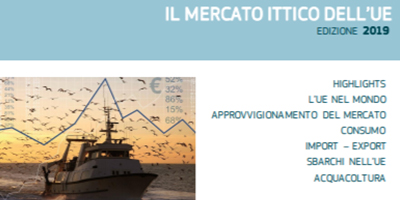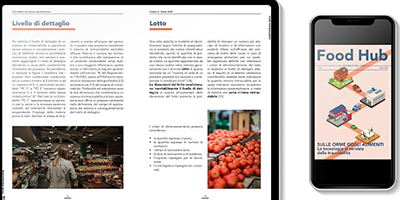Research topics
FishLab
NEWS

Molecular DNA-based techniques for species identification
Molecular identification of species is widely applied in the inspection field for the authentication of animal and vegetable food products in order to ensure commercial transparency. The fishery sector represents the food sector most exposed to species substitution phenomena on a global level. The use of molecular methods, particularly indicated for processed products, aims to protecting the sector from illegal practices and possible health and ecological implications. The DNA-based techniques rely on the amplification and subsequent sequencing of a molecular target using the Polymerase Chain Reaction (PCR) method. Among the most used techniques are the Forensically Informative Nucleotide Sequencing (FINS) and the DNA Barcoding, both relying on a comparative analysis with bioinformatics databases. The Next Generation Sequencing Technologies, on the other hand, allow the identification of species in complex matrices. Species-specific techniques such as simplex and multiplex PCR, as well as PCR-RFLP find application in screening analyses thanks to their rapid execution and cost-effectiveness. The design and/or choice of primers and the preliminary evaluation of the available sequences are also fundamental aspects in the molecular approach.
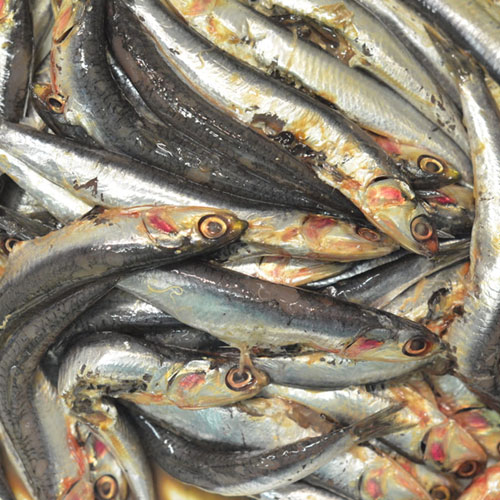
Parasites in fishery products
Several species and stages of development of parasitic helminths can be present in fishery products. Among the main zoonotic parasites in the marine environment, well renowned are the larval forms of nematodes of the Anisakidae family, while, in freshwater environments, recent studies have highlighted the presence also in Italy of nematodes of the genus Eustrongylides. Parasites transmitted by fishery products are of particular relevance in the light of recent food trends in the Western world, such as the appreciation of raw or undercooked fish products, in Asian and traditional recipes. Therefore, the production of epidemiological data relating to their presence in different categories of fishery products, as well as the training of FBOs and the risk communication to consumers, are important. Over the years, a series of regulations have been issued at European and national level with the aim of managing the problem by protecting public health and avoiding the marketing of fishery products not suitable for consumption.
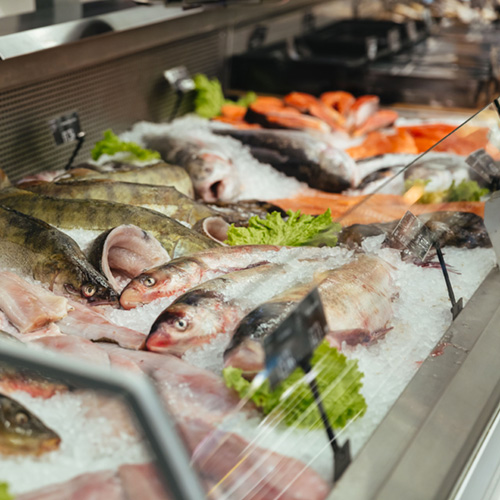
Traceability and labeling in the fishery sector
Labeling is one of the tools to ensure the traceability of agri-food products and consumers’ protection. The rules relating to food labeling are defined by Reg. (EU) No. 1169/2011, which establishes that the consumer must receive essential, legible and understandable information for making informed purchases. In addition, Reg. (EU) No. 1379/2013, through the mandatory indication of commercial and scientific name, origin and method of production, method of capture, freezing and shelf life, establishes specific rules for seafood products. Member States are also required to draw up and update, in response to the expansion of the variety of fish species on the market, a list of official trade names, associated with scientific names. Despite this, different approaches to the assignment of names are present both in the different Member States and in non-EU countries. This lack of harmonization, in addition to causing numerous difficulties for both industry operators and the Competent Authority, favours the flourishing of illegal practices that undermine commercial loyalty and can also impact the health of the consumer and the sustainability of production.
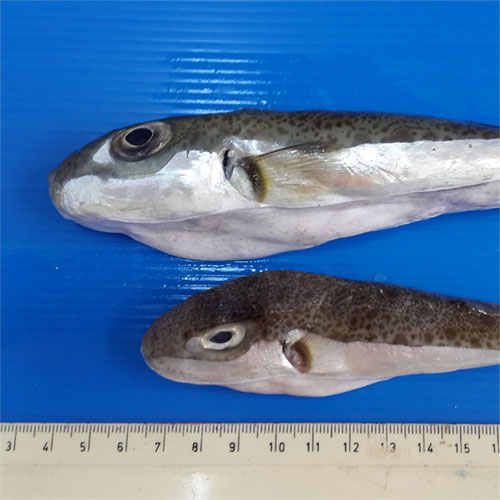
Invasive toxic fish species
Global warming is transforming the Mediterranean Sea by favouring the spread of exotic tropical species, originating from the Indo-Pacific area and entered through the Suez Canal. Some of these “alien” species, such as those of the Tetraodontidae family (or pufferfish), are potentially toxic. Although European legislation provides for a ban of the marketing of members of the Tetraodontidae family, refreshed training of food business operators is now required, since while in the past the risk of these species entering the European market was mainly linked to fraudulent practices involving Asian imported products, currently three species are reported from Italian waters, Lagocephalus sceleratus, L. lagocephalus and Sphoeroides pachygaster. To assess the risk of entry into the fishery supply chain, it is essential to know their real distribution, also through a molecular characterization and to support the verification of the products placed on the market. Finally, the study of the sources of human intoxication worldwide is also important for the characterization of this emerging risk.
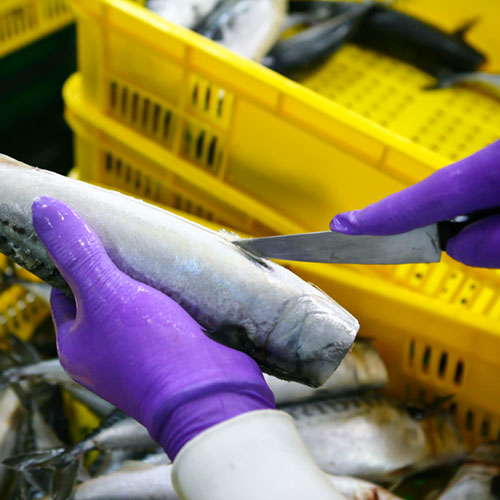
Official controls and verification of the health and hygiene aspects of food
The Competent Authorities in the field of food safety are required to carry out coordinated and scheduled official controls based on risk analysis, using appropriate operational tools. The checks are carried out to ensure the placing on the market of safe and suitable products as required by Regulation (EC) no. 178/2002 and in order to verify the compliance of food products with the regulations in force on hygiene, labeling, origin, sustainability and ethics which fall under the direct responsibility of the Food Sector Operators. In the context of risk management and communication, the Rapid Alert System for Food and Feed (RASFF) plays a key role in the notification of information related to the withdrawal/recall procedures of food products, to ensure the flow of communications and to provide data necessary for the periodic planning of control activities.

Analytical techniques for the differentiation of fresh and frozen fish products
Freezing determines the inhibition of alterative phenomena of enzymatic and microbial origin and therefore allows the extension of the shelf life of seafood products. However, depending on the speed and temperature applied, freezing can cause microstructural changes, affecting the organoleptic and technological quality. Therefore, according to the Reg. EU No. 1169/2011 and No. 1379/2013 the freezing and the date of freezing are mandatory information for the correct labeling of fishery products also to protect the consumer The lack of such indications, in addition to leading to non-compliance, can favour fraudulent phenomena. The importance of the implementation of analytical tools to support official and company controls is therefore evident, through the identification of objective indicators. Among these, the histological method has recently been re-proposed and validated as a discriminating tool for detecting freezing.

Microplastics in fishery products
Plastic is the main polluting waste in the oceans. Microplastics, which derive from direct introduction or from degradation of larger plastic waste, are deposited on the surface of water and benthic sediments, becoming accessible to a wide range of aquatic organisms. Biomagnification, which determines an exponential increase in the levels of microplastics along the food chain, has a strong impact on marine ecosystems; moreover, it can represent a danger to the health of consumers. From a public health point of view, seafood products, and in particular bivalve molluscs as filter organisms consumed as whole, are the foods most at risk. Although numerous analytical protocols have been developed for the qualitative and quantitative analysis of microplastics in fishery products, an official method has not yet been described and the available methods have substantial gaps in the operational procedure and in the reliability of the results. Hence an objective lack of harmonized data and rules that regulate the presence of microplastics in food is evident.



 Italiano
Italiano